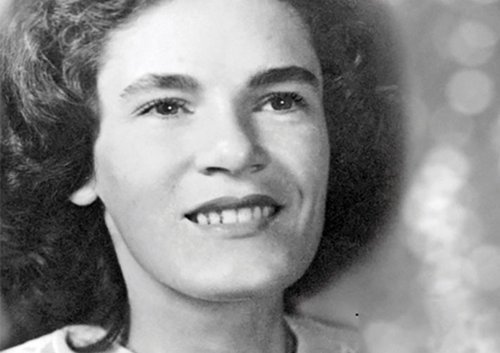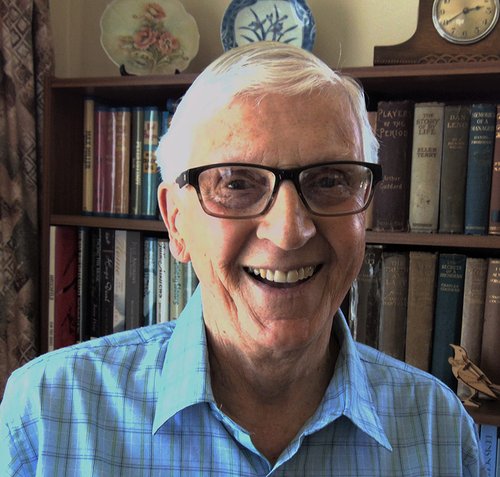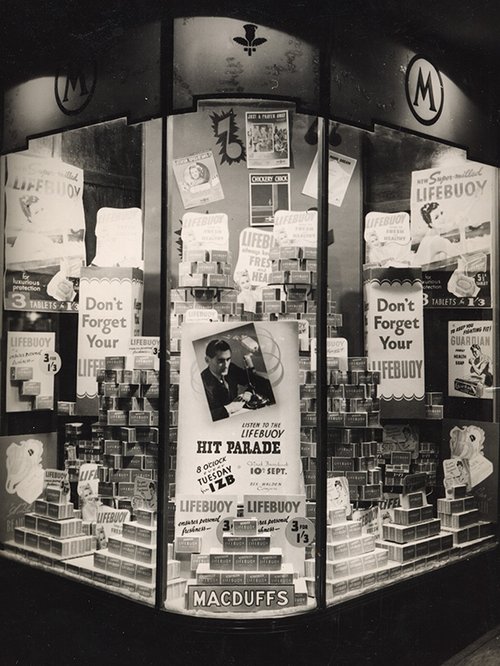
By Peter Downes (with help from Steve McGough, from Stebbing Recording)
In this blog, he shares a fascinating behind-the-scenes background on music hits shows in New Zealand, during the 1950s.
Hero image: Esme Stephens - photo courtesy of AudioCulture .

Peter Downes - photo by Peter Downes & Dave Smith.
I was pleased to see you’ve included the N.Z. Hit Parade (1952) on your blog.
It so happens that this was yet another of my “babies” and I thought you might like to have some background to it. In those days, apart from some radio drama, New Zealand Broadcasting Service producers were not allowed to be credited.
In the early 1950s most of the so-called “local” radio stations, that is those with a YX call sign, were running their own Hit Parades, with results taken from sales in their town’s record shops. I was a producer at 2YA in Wellington, and it occurred to me that if these results could be combined we would have a near enough to true measure of the most popular songs in New Zealand for that week. In fact it would create a N.Z. Hit Parade. My boss was enthusiastic, and the stations thought it was a good idea and willingly co-operated by sending me their weekly “charts.”
This was in contrast to commercial radio’s Lifebuoy Hit Parade, whose results were based mainly on charts in Billboard (USA) and later in The New Musical Express (UK). The Lifebuoy show was presented by 2ZB’s Rex Walden (pictured in the window display), who had a deep, dark chocolatey BBC type voice.

An advert in a shop window for the Lifebuoy Hit Parade, 1946. (Ngā Taonga Sound & Vision)
Rex Walden introducing the Lifebuoy Hit Parade -'Top Tunes of the Week' , c1946.
We couldn’t hope, nor did we try, to compete with the Lifebuoy show, but we had the advantage of being able to include songs recorded by New Zealand performers when they became bestsellers here but who would never have made the overseas charts.
An outstanding example of this was Between Two Trees, in the number two position for the year 1952. This American song had been recorded by the Andrews Sisters in the USA, but was only a minor success. However, a cover version recorded for the New Zealand Stebbing Recording label by Auckland singer Esme Stephens went viral (as they say) in her homeland. It reportedly sold well over 7,000 copies – quite remarkable for that time. It was accompanied by “the guitars of Buddy Kane”.
“Between Two Trees” by Esme Stephens, courtesy of Stebbing Recording Centre - which has a large back catalogue of early New Zealand recordings that have been remastered and is available online .
Steve McGough's (Stebbing Recording Centre) notes:
Between Two Trees is an early New Zealand example of overdubbing, creating the “multi-voice” sound pioneered by Les Paul and Mary Ford in America. When this track was recorded in the early 1950s, Eldred Stebbing and his brother Phil had their studio in the Pacific Buildings in Queen Street, Auckland. The building stood where the ASB building now stands, opposite the Civic Theatre. The recording was made by copying between two Presto 1/4 inch tape recorders, adding a harmony with each pass. The master lacquer was also cut in the same room. The brothers also were running a 78 disc pressing plant at Grey Lynn, using fresh water from Western Springs lake to cool the discs as they exited the press… a complete service from recording studio to finished product ready for sale.
Peter Downes continues:
I can’t remember when the N.Z. Hit Parade started or ended, but it was broadcast on 2YA and at the end of each year the weekly votes were totalled and the top seven or eight songs were presented in a special edition. The copy in the archive’s collection is the end-of-year for 1952. To the best of my knowledge, regrettably, it seems to be the only episode to have survived.
I think the programme ran for maybe three or four years, perhaps longer. I do know it ended when some of the regional stations stopped their own Hit Parade programmes, and therefore we were not getting a true country-wide picture anymore.
Donald McCree was the front man and although the programme’s overall style creaks rather badly now, in it’s time if was considered to be pretty much “with it.”
In 1966 the commercial stations ran a similarly arranged Hit Parade, but they had voting forms in nominated stores around the country and also involved the N.Z. Listener in their voting process.